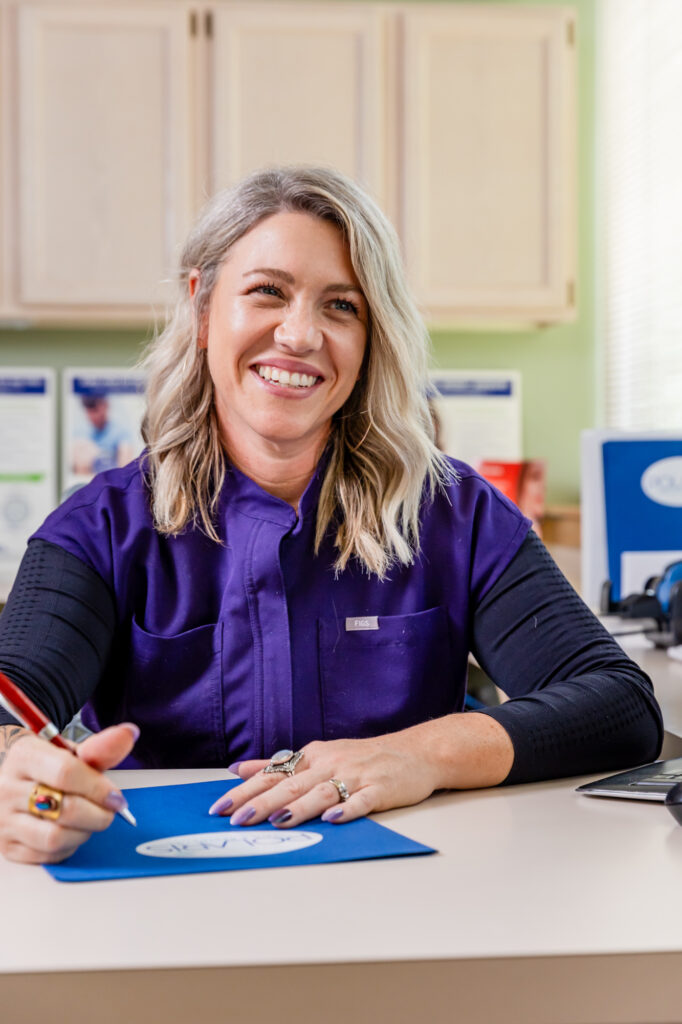
Poor Circulation in Your Legs: Causes, Symptoms, Treatments
Poor circulation is a result of other health issues such as peripheral artery disease (PAD), diabetes, obesity and varicose veins. Most circulation problems are noticed in the feet, legs and hands, and symptoms can include swelling, numbness and pain.
Prolonged sitting and standing can also cause poor circulation as the body does not like to be in the same position for extended periods of time. Here’s some information on how the circulatory system works, signs of poor circulation, and ways to improve circulation – especially in your legs.

How does the circulatory system work?
The circulatory system (cardiovascular system) moves blood through the body via arteries, capillaries and veins to deliver oxygen and nutrients to the cells, regulate the body’s temperature and pH level, and remove waste products like carbon dioxide.
What causes poor circulation?
If the circulatory system isn’t working properly, blood flow to the body is reduced. This makes the heart work harder to pump blood and may cause symptoms of poor circulation.
Symptoms of poor circulation:
- Numbness / tingling in hands and feet
- Cold fingers and toes
- Fatigue / low energy
- Swelling in feet, legs and fingers
- Muscle cramps
- Dull / dry skin
How can I improve the circulation in my legs?
Try not to stand or sit for too long by taking short walks every couple of hours, especially if you have a job that requires excessive sitting or standing. Regular exercise not only helps maintain a healthy weight, it also aids circulation. Here’s info on jobs that cause varicose veins.
What type of exercise improves circulation?
Any cardiovascular exercise that raises your heart rate like brisk walking, weight training, yoga and deep breathing exercises, biking, swimming, dancing, etc. Do whatever type of exercise you like if it gets you up and moving.
Can massage improve circulation?
Massage can improve blood circulation as the pressure moves blood through congested or blocked areas, guiding oxygen-rich blood to the damaged and sore muscles that need it most. Massage also helps flush lactic acid from the muscles and improves drainage of lymph fluids.
What medical conditions affect circulation?
Peripheral artery disease (PAD) is a circulatory condition that causes plaque buildup and stiffness in arteries which causes poor circulation in your legs. Nerve disorders, thyroid disease, diabetes, and anemia can also affect circulation.
Does smoking cause poor circulation?
The carbon monoxide from smoking damages the heart and the cells in blood vessels, and may lead to peripheral artery disease (PAD). According to an article from WhyQuit.com, smoking related circulatory disease kills more smokers than lung cancer. The good news is that after you quit smoking your body starts to repair itself and you could see (and feel) improvements in only a matter of weeks.
How does salt damage blood vessels?
Consuming too much salt causes your body to retain water. The swelling adds pressure on the veins and can lead to poor circulation. In addition to salt, high blood pressure and high cholesterol can also have adverse effects on your circulation.
Does pregnancy cause poor circulation?
Many pregnant women suffer from some type of circulatory-related issue. After all, a pregnant body works overtime to provide nutrition for the small human growing inside, which adds stress on the circulatory system. As a result, an expecting mother may suffer from swollen ankles, feet or fingers, varicose veins, lightheadedness, low or high blood pressure, and more. Learn why women get varicose veins while pregnant.
Varicose veins and circulation
As blood moves up the body through the leg veins, valves stop the blood from flowing backward. If the valves weaken or malfunction, the veins can’t stop the blood from flowing back down towards the feet because of gravity, and the blood starts pooling in the leg. The pooling blood puts pressure on the vein, causing it to bulge. These varicose veins can be painful, achy, and itchy, and cause swollen ankles. Here’s info on varicose vein treatments in Columbus, Ohio.
Spider veins and circulation
When blood is not moving efficiently through the body, spider veins may also develop in the form of thin blue or red lines directly beneath the surface of your skin. Although harmless, some people have them treated because they can be quite noticeable and unsightly.
What foods and vitamins improve circulation?
There are many different opinions on which foods and vitamins improve circulation.
Oranges: Citrus fruits high in vitamin C help strengthen capillary walls and prevent plaque build-up.
Watermelon: The lycopene in watermelons is an antioxidant that can improve circulation.
Avocado: Healthy omega 3 fatty acids found in avocados support the cardiovascular system.
Cayenne pepper: Also known to increase the metabolic rate, cayenne pepper can help strengthen arteries and blood vessels and increase circulation.
Ginkgo: There is some evidence that Ginkgo can help open and stabilize blood vessels to improve blood flow and circulation.
Vitamin E: Known for its amazing skin benefits, Vitamin E also improves circulation.
Vitamin B6: Part of the B vitamin family, B6 helps stop free radicals that can cause arteries to harden.
If you suffer from poor circulation because of varicose veins, or you have symptoms of numbness, heaviness, pain or swelling in your legs, contact Columbus Vein Center for a consultation. Varicose vein and spider vein treatments are minimally invasive and have a fast recovery time.
